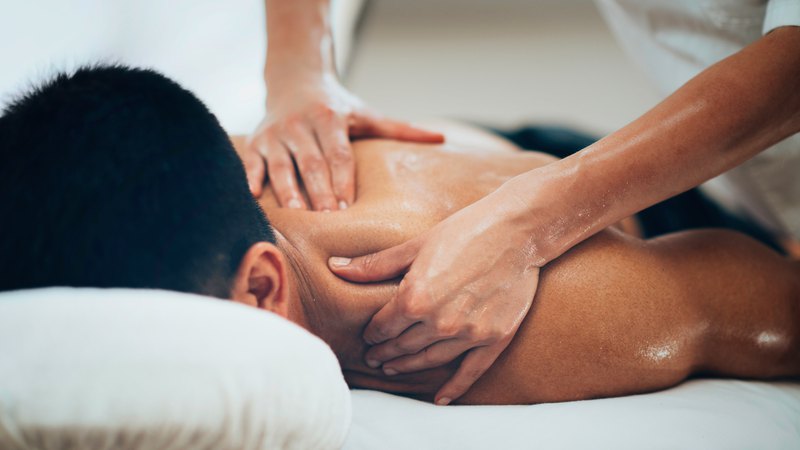Thai massage is well-known for its unique combination of stretching, gentle pressure, and rhythmic movement. It is a traditional healing method that has been practiced for centuries and is still popular today for its ability to relieve tension, improve flexibility, and calm the mind. Many people search for Thai massage near me to enjoy the benefits and reconnect with their bodies. Whether it’s your first time or you’ve had one before, knowing what to expect can help you feel more relaxed and ready for the session.
Arrival and Preparation
A Thai massage session usually begins with a brief conversation with your therapist. They may ask about your comfort level, any injuries, or areas you want them to focus on. You’ll be given loose, comfortable clothing to wear, as Thai massage is typically performed without oils and over clothing. The setting is often quiet, with soft lighting and calming scents to create a peaceful mood.
The Massage Environment
The massage takes place on a floor mat rather than a raised table. This allows the therapist to use their body weight more effectively during the stretches and pressure techniques. The room is designed to help you feel at ease, with a calm and grounded atmosphere that supports relaxation.
Starting with Gentle Pressure
The session usually starts with gentle palm pressure along your legs or back. The therapist uses steady, rhythmic movements to warm up the muscles and prepare them for deeper stretches. This part feels grounding and helps you adjust to the therapist’s touch.
Stretching Techniques
Thai massage involves a series of assisted stretches inspired by yoga poses. The therapist may guide your arms, legs, and torso into positions that help release tightness. These stretches can range from mild to deep, depending on your flexibility and comfort level. Each movement is slow and deliberate, allowing your muscles to lengthen naturally.
Focus on Energy Lines
In Thai massage, there is a belief in “Sen” lines—pathways in the body where energy flows. The therapist applies pressure along these lines to release blockages and restore balance. This is done with palms, thumbs, forearms, elbows, and even feet, depending on the technique needed.
Breathing and Relaxation
Throughout the session, the therapist may encourage you to take slow, deep breaths. Breathing helps your body release tension and allows you to feel more connected to the movement. It also supports the flow of energy and promotes a sense of calm.
Adjustments During the Session
Communication is important during a Thai massage. If any stretch feels too intense, the therapist can adjust their pressure or technique. The goal is to help you feel relief, not discomfort.
The Closing Sequence
A typical Thai massage ends with gentle pressure and stretches to help you transition back into a normal state of awareness. You might feel a light tingling sensation, warmth in your muscles, and a sense of mental clarity.
After the Massage
It’s common to feel both relaxed and energized afterward. Some people notice improved flexibility, reduced stiffness, and a lighter mood. Drinking water afterward is recommended to help your body release any toxins that may have been loosened during the massage.
How Long Does a Session Last?
Sessions can range from 60 to 120 minutes. A longer session allows for a more complete treatment, covering the whole body and giving time for deeper stretches. Shorter sessions focus on specific areas, such as the back, shoulders, or legs.
Final Thought
A Thai massage session is a blend of stretching, pressure, and mindful breathing that works on both the body and mind. By knowing what to expect, you can approach your session feeling calm and ready to enjoy its benefits. It’s not just about physical relief—it’s about creating balance, flexibility, and a deeper sense of well-being.









